Star Haecheontang (스타해천탕)
1.4Km 2021-03-18
179, Nangye-ro, Jung-gu, Seoul
+82-2-2236-3382
A spicy seafood stew specialty restaurant located near Sindang Station in Seoul. The most famous menu is chicken and seafood soup. A restaurant famous for seafood stew and steamed dishes.
Jongmyodaeje (Royal Ancestral Memorial Rite of Joseon) (종묘대제)
1.4Km 2022-10-05
157, Jong-ro, Jongno-gu, Seoul
• 1330 Travel Hotline: +82-2-1330 (Korean, English, Japanese, Chinese) • For more info: +82-2-3210-4806, +82-2-6011-1067
Jongmyodaeje, Korea’s Royal Ancestral Memorial Rite, is a traditional ritual that has been recognized with many important designations. It is a UNESCO Masterpiece of the Oral and Intangible Heritage of Humanity, Important Intangible Cultural Property No. 56 (Jongmyo Jerye), and Korea’s Important Intangible Cultural Property No. 1 (Jongmyo Jeryeak). The ritual is held yearly on the first Sunday of May. It begins with eogahaengnyeol, the fabulous royal parade dating from the Joseon dynasy, which is truly a sight to behold as it moves through the modern city.
Jongmyodaeje originated as a royal ancestral ritual to honor the past kings and queens of the Joseon dynasty. During the Joseon era, the ritual was held five times a year (spring, summer, autumn, winter, and December) until it was abolished by Japanese colonial rule. In 1969, Jongmyodaeje was reinstated and has been held in May every year since.
Jongmyo Shrine, the destination of the procession, was the setting of ceremonial rituals during the Joseon dynasty. Originally, Jongmyo only referred to Jeongjeon (Main Hall) where the memorial tablets of Joseon’s reigning kings and queens are enshrined. Today, however, Jongmyo also encompasses Yeongnyeongjeon (Hall of Eternal Peace) where the tablets of posthumous kings and queens are enshrined and Gongsindang (Hall of Meritorious Subjects) where the tablets of esteemed ministers of the state are kept.
ARKO Art Center (아르코미술관)
1.4Km 2025-06-05
3, Dongsung-gil, Jongno-gu, Seoul
+82-2-760-4850
ARKO Art Center was founded in 1974 as Misulhoegwan in a building of former Deoksu Hospital in Gwanhun-dong, Jongno-gu to offer much-needed exhibition space for artists and arts groups. In 1979, Misulhoegwan moved to its present building, designed by preeminent Korean architect Kim Swoo-geun (1931-1986) and located in Marronnier Park, the former site of Seoul National University. The two neighboring brick buildings accommodating ARKO Art Center and ARKO Arts Theater are the major landmarks of the district of Daehakro.
As more public and private museums and commercial galleries came into the art scene in the 1990s, Misulhoegwan shifted to curating and presenting its own exhibitions. Renamed as Marronnier Art Center in 2002, ARKO Art Center assumed a full-fledged art museum system and played an increasingly prominent role as a public arts organization leading the contemporary art paradigm. When The Korea Culture and Arts Foundation was reborn as Arts Council Korea, Marronnier Art Center became ARKO Art Center named after the abbreviation for Arts Council Korea in 2005.
ARKO Art Center is committed to working as a platform where research, production, exhibitions and the exchange of creative activities grow and develop in connection with one another in addition to having a diversity of programs including thematic exhibitions addressing social agenda and public programs widely promoting various discourses in art.
Chungmuro Ttukbaegi (충무로뚝배기)
1.4Km 2021-03-18
43, Mareunnae-ro, Jung-gu, Seoul
+82-2-2272-0068
Well-known for Korean spicy stew. The representative menu is kimchi stew. This Korean cuisine is located near Euljiro 3(sam)ga Station, Seoul.
Angyeong Seonsaengnim - Jongno Branch [Tax Refund Shop] (안경선생님 종로)
1.4Km 2024-04-18
1F, 393-1, Jong-ro, Jongno-gu, Seoul
-
Happy Jewerly [Tax Refund Shop] (해피쥬얼리)
1.4Km 2024-06-27
1F, #21, 26, Donhwamun-ro, Jongno-gu, Seoul
-
Bubu Sikdang (부부식당)
1.4Km 2021-03-26
43, Dongsung-gil, Jongno-gu, Seoul
+82-2-765-6056
You can enjoy fusion dishes in a cozy atmosphere. This Korean dishes restaurant is located in Jongno-gu, Seoul. The representative menu is royal stir-fried rice cake.
Naksan Park (낙산공원)
1.4Km 2025-03-13
41 Naksan-gil, Jongno-gu, Seoul
+82-2-743-7985
Naksan Mountain (alt. 125 meters) is one of the four inner mountains of Seoul, and the mountain corresponding to the Azure Dragon of the East. It was also called Naktasan Mountain, which can be translated to Camel Mountain, because the terrain resembled a camel's back. It also had another name, Taraksan Mountain, “tarak” meaning fermented milk, because there was a royal ranch in the area that supplied milk to the palace. After the 1960s, the original appearance of Naksan Mountain disappeared due to apartments and dense housing, and the Seoul Metropolitan Government established a restoration plan. As part of this plan, a park project was carried out, and it opened Naksan Park in July 2002. Currently, Naksan Park has established itself as a resting place for citizens to feel the beautiful atmosphere of Hanyangdoseong, or the Seoul City Wall, and green forests. It has gained much popularity as a place for seeing the most beautiful night view in Seoul.
Manboseong (만보성)
1.4Km 2021-03-26
53, Seosulla-gil, Jongno-gu, Seoul
+82-2-766-8488
It is a place where you can eat a variety of Chinese dishes at reasonable prices. This Korean dishes restaurant is located in Jongno-gu, Seoul. The most famous menu is sweet and sour pork.
Manseon Hof (만선호프)
1.4Km 2024-03-15
19, Eulji-ro 13-gil, Jung-gu, Seoul
+82-2-2274-1040
Located in Euljiro Nogari Alley, Manseon Hof is a beer bar. The place is bustling late at night with people drinking beer and eating snacks like nogari (dried young pollack) and fried chicken at sidewalk tables. It is a great place to enjoy a cold draft beer and grilled dried young pollack dipped in spicy sauce and mayonnaise. Golbaengi muchim (sea snail salad) and gyeran mari (rolled omelet) are also other popular accompaniments.
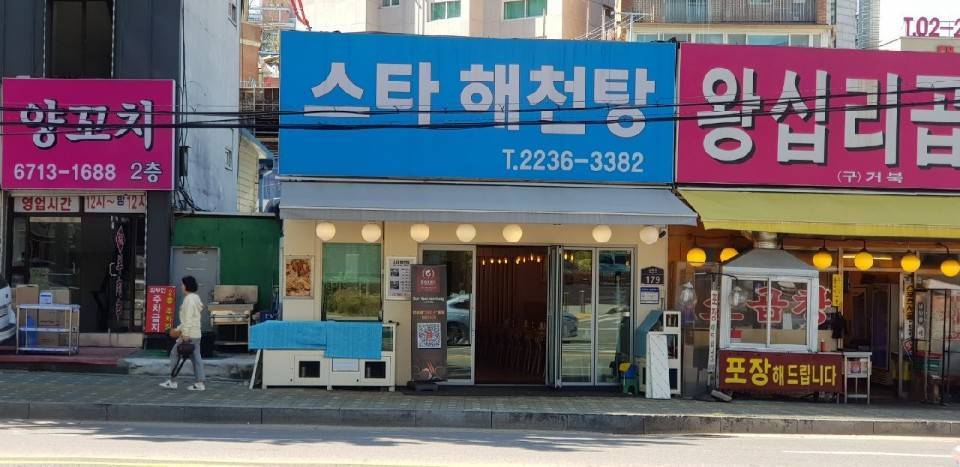
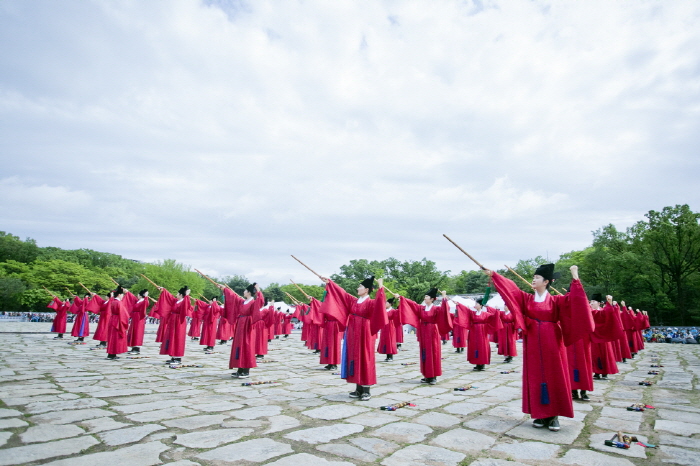
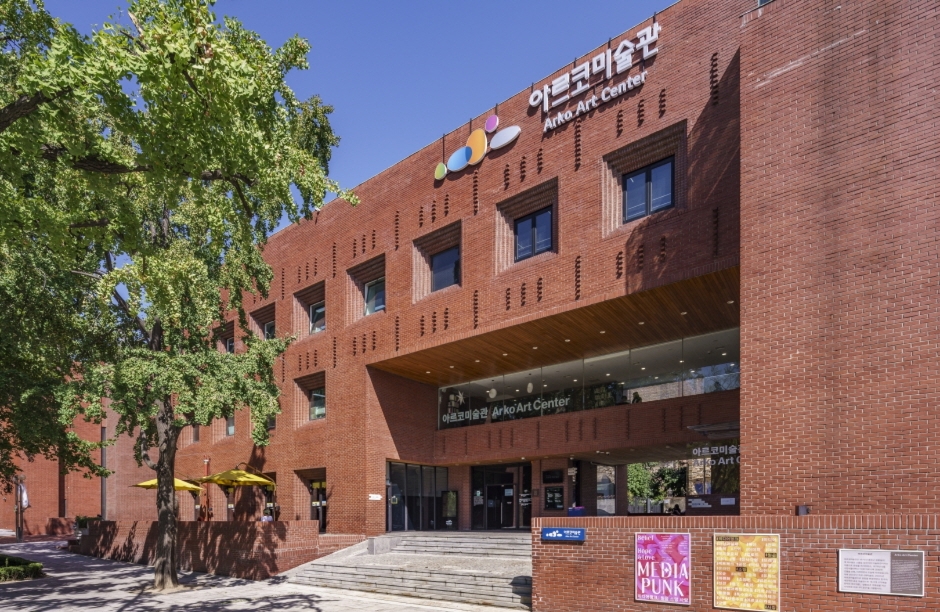
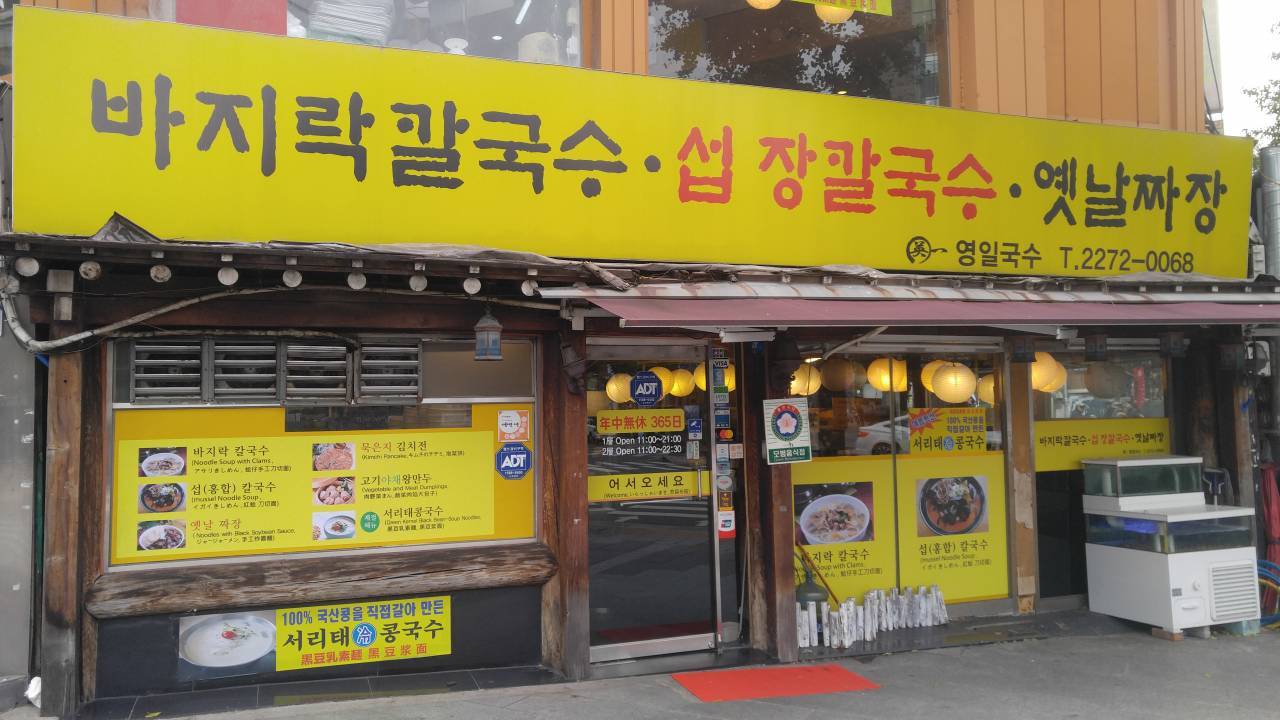
![Angyeong Seonsaengnim - Jongno Branch [Tax Refund Shop] (안경선생님 종로)](http://tong.visitkorea.or.kr/cms/resource/90/2878190_image2_1.jpg)

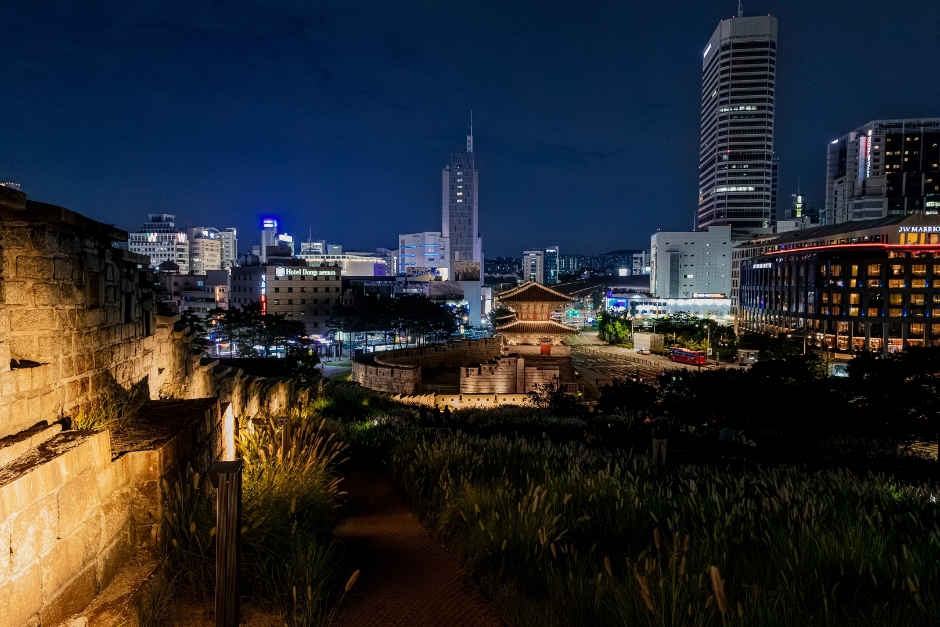
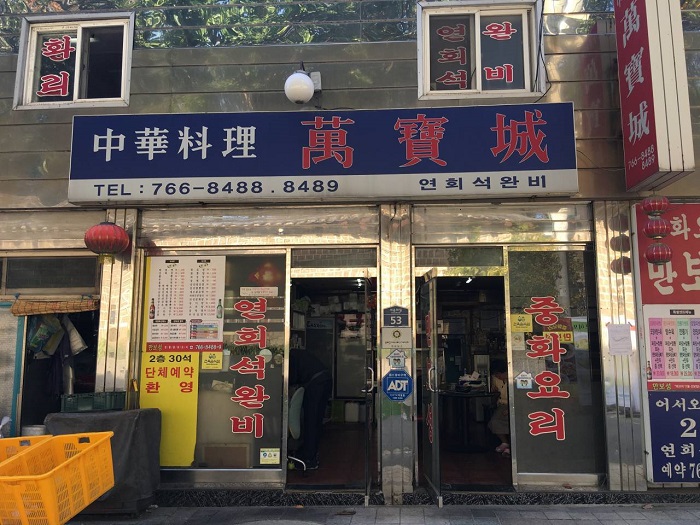
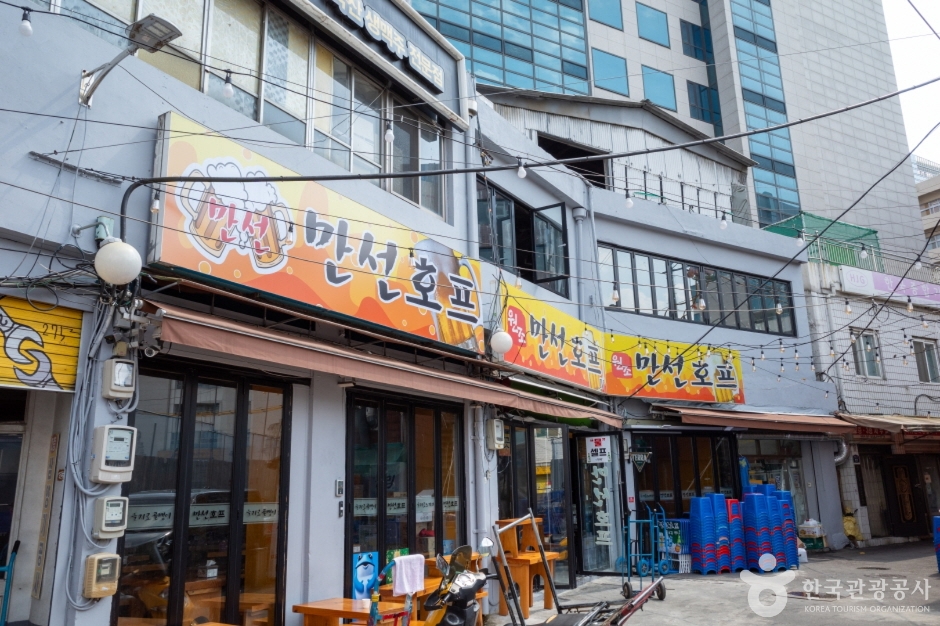
 English
English
 한국어
한국어 日本語
日本語 中文(简体)
中文(简体) Deutsch
Deutsch Français
Français Español
Español Русский
Русский